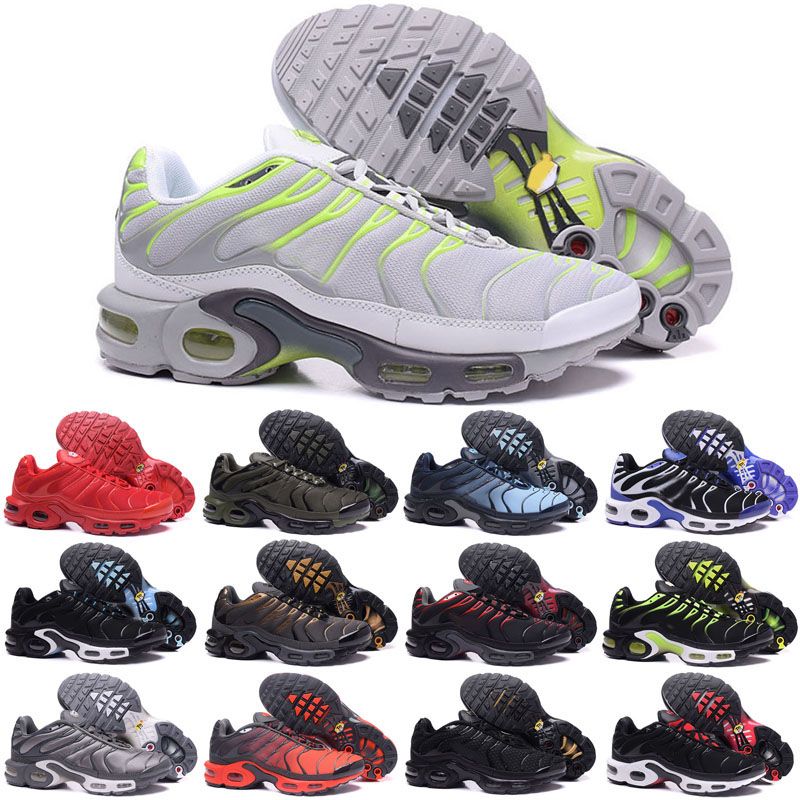

Check that all pods were successfully scheduled. Solution: Your Jaeger agent is likely not running correctly. Issue: 404 error when trying to load Tempo traces. To disable your cluster, run this command:
WEBMON TNS INSTALL
Install TNS demo (running MLT stack locally) Click here for installation instructions.Īfter the installation type jb in the terminal to make sure it is added to the system path and working. The Jsonnet bundler downloads Jsonnet dependencies. This directory contains all of the Jsonnet resources used to install this demo. When you install the TNS demo application, it will create a tanka directory in your TNS checkout. Click here for installation instructions. Tanka uses the Jsonnet language to interact with Kubernetes, via the kubectl tool. Click here for kubectl installation instructions. The TNS demo uses kubectl to interact with the Kubernetes clusters. You can also run the TNS demo without Kubernetes. Note: Ensure that your Docker daemon has a minimum of 2.5 GB of total memory available for all pods in this deployment to be scheduled. For MacOS, you can install the latest version via homebrew: brew install k3d.For Ubuntu 21.10 and higher (which has cgroups v2 enabled by default, and k8s fails to start thinking cgroups are not available), use ( ).The specific version to use depends on your operating system: The cluster creation script uses k3d which runs as a single node cluster inside Docker. To run the TNS demo, you need a Kubernetes cluster. For download and installation instructions, click here. If you wish to only deploy the TNS app to an existing K8s cluster using the app-only option, install and configure kubectl, tanka, and jsonnet-bundler.
WEBMON TNS FULL
If you are running the full metrics, logs and traces stack locally, install and configure all of the following software applications. Visualization: A Grafana instance configured to talk to the Mimir, Loki, and Tempo instances makes it possible to query and visualize the metrics, logs, and traces data. Traces: Each tier of the TNS app sends traces in Jaeger format to the Grafana Agent, which then converts them to OTel format and forwards them to Tempo for storage.

Finally, the Agent forwards them to Loki for storage. It is captured by Kubernetes, which are then collected by the Grafana Agent. Logs: Each tier of the TNS app writes logs to standard output or standard error. The Grafana Agent then writes these metrics to Mimir for storage.

Additionally, these metrics are tagged with exemplar information. Metrics: Each tier of the TNS app exposes metrics on /metrics endpoints, which are scraped by the Grafana Agent.

The instrumentation for the TNS app is as follows:
WEBMON TNS HOW TO
To learn more about it, see How To Detect, Map and Monitor Docker Containers with Weave Scope from Weaveworks. It consists of a data layer, application logic layer, and load-balancing layer. The TNS app is an example three-tier web app built by Weaveworks. It offers an insight on what a modern observability stack looks like and experience what it's like to pivot among different types of observability data. The New Stack (TNS) is a simple three-tier demo application, fully instrumented with the 3 pillars of observability: metrics, logs, and traces.
WEBMON TNS UPDATE
Update Grafana dashboards and kubernetes infrastructure:.


 0 kommentar(er)
0 kommentar(er)
